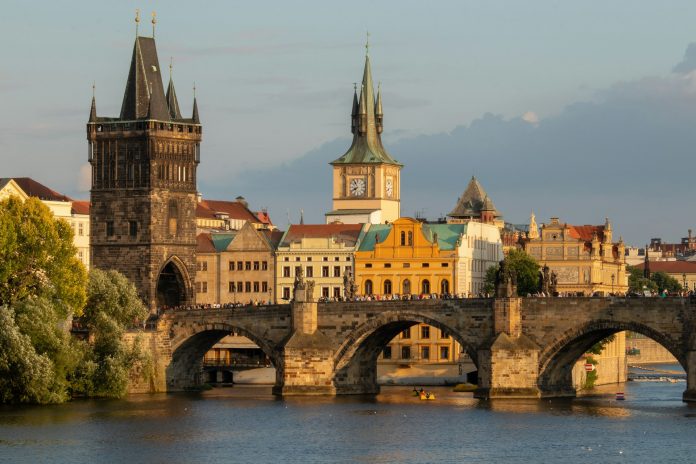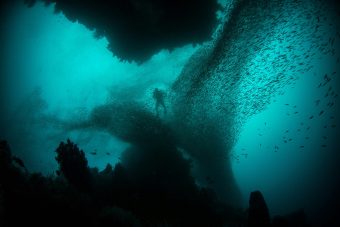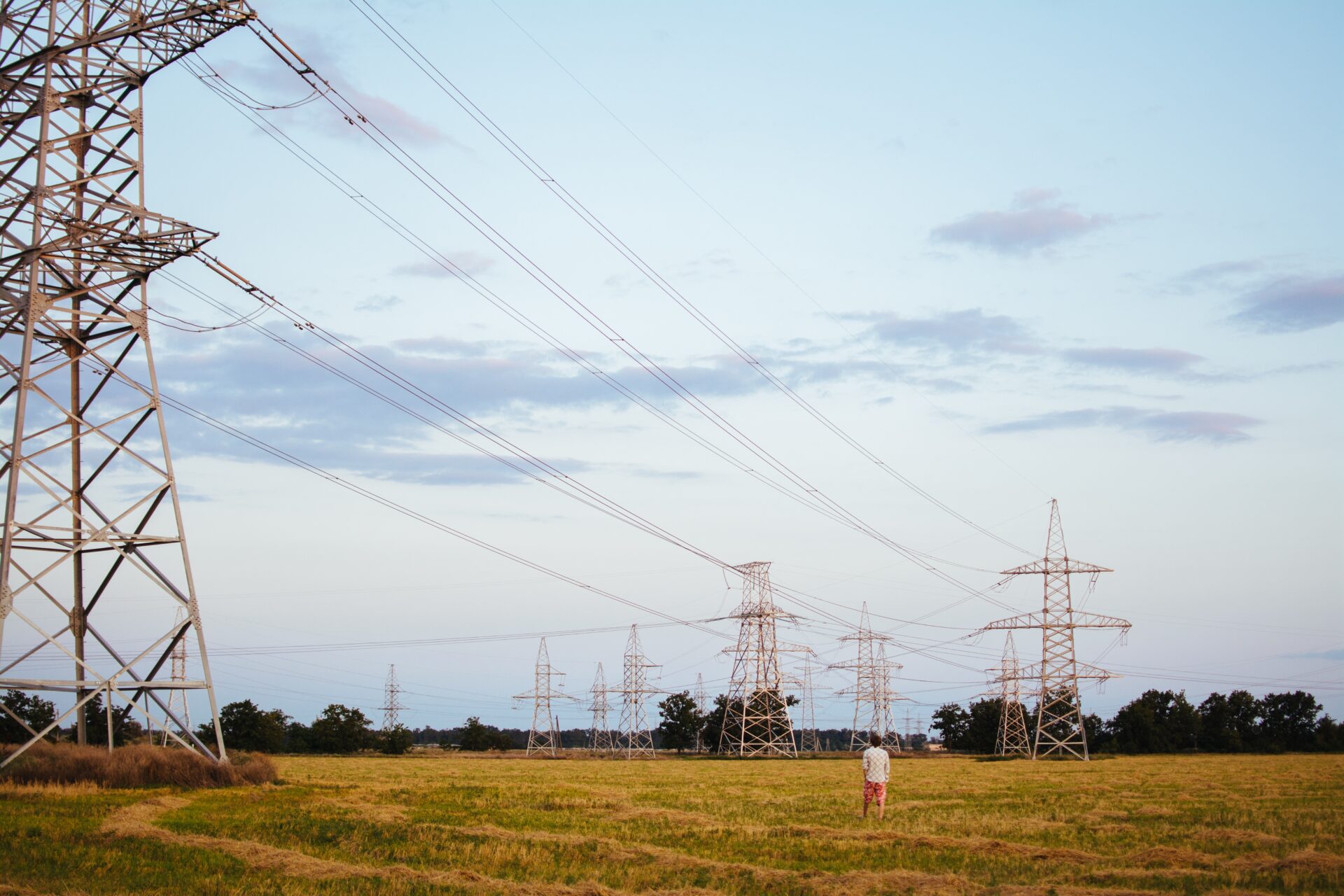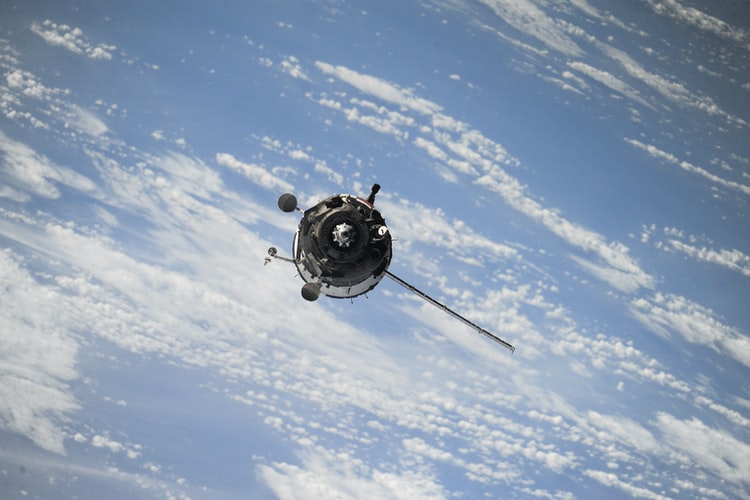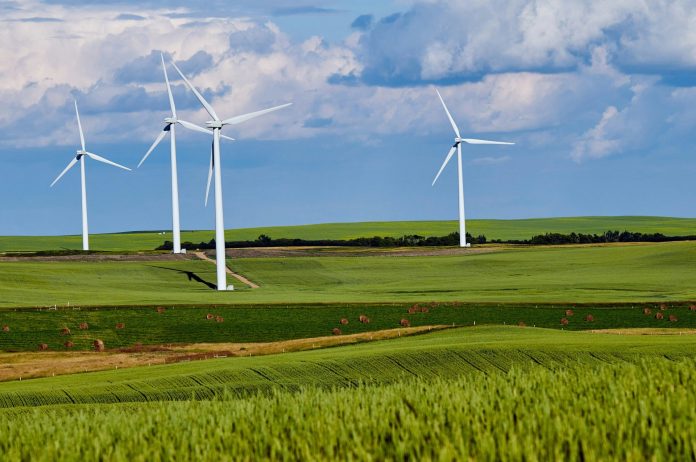The Czech Republic is recording notable successes in the fight against climate change – from reducing greenhouse gas emissions by 47 percent compared to 1990, to ambitious plans for expanding the share of renewable sources and nuclear energy in its energy mix.
In an interview with our magazine, the Ambassador of the Czech Republic to Serbia, H.E. Jan Bondy, talks about the strategic directions of Czech climate and energy policy, the challenges and benefits of the energy transition, improvements in air quality, and the fight against flooding.
He also touches on concrete measures supporting the development of electromobility and green infrastructure, as well as prospects for deepening cooperation with Serbia in areas such as environmental protection, renewable energy sources, and waste management.

Q: What are the main measures the Czech Republic is implementing in the fight against climate change, and what specific climate targets has it set in line with European and international commitments?
A: At the national level, the Czech Republic has adopted strategic documents related to climate protection, covering the period from 2017 to 2030, with a long-term outlook to 2050. Broadly speaking, we can say that since 1990, harmful gas emissions in the Czech Republic have been reduced by 47 percent. Thanks to this, we expect to meet the EU’s 2030 target, which aims for a 55 percent reduction in greenhouse gases. Now we must ensure a consistent trend of decarbonizing the energy sector and the entire economy. That’s why we will continue to encourage the development of renewable energy sources and heat production systems, as well as energy efficiency measures, through successful subsidy schemes, primarily via the Modernization Fund.
In relation to the ongoing debate on a new target under the proposed revisions to the European Climate Law, which would apply up to 2040, we can briefly highlight several key points of importance for the Czech Republic. As one of the EU’s highly industrialized countries, with a significant share of energy-intensive sectors, the Czech Republic will face relatively greater consequences and costs in transitioning to low-emission and zero-emission technologies. Therefore, we will insist on guarantees and the preservation of the principles of solidarity and fair burden-sharing, where the principle of technological neutrality is of key importance to us. It is also crucial that the Czech Republic continues and increases green transition funding from the EU budget, which is closely linked to the preparation of the new multiannual financial framework.
IN FOCUS:
- New Rules Shape the Pellet Market in Serbia
- The Whisper of Trees – How to Recognize Signs of Declining Health
- The Soundscape of the Sea: The Listening to Its Depth
Q: How does the Czech Republic protect its natural resources, and which institutions play a key role in implementing environmental protection policy?
A: In recent years, the Czech Republic has undergone a fundamental economic transformation and achieved significant success in areas such as air protection, water quality improvement, waste management, the remediation of areas polluted by industrial activities, and the reclamation of regions damaged by raw material exploitation. This is the result of tremendous efforts by the Ministry of the Environment, together with other key players, including relevant ministries, the scientific community, businesses, industry, civil society organizations, and other stakeholders, with support from international partners at both European and global levels. In the area of bilateral cooperation, collaboration with neighboring countries is especially important to us.
Q: What concrete measures is the Czech Republic taking to reduce air pollution, particularly in the energy and transport sectors, and how aligned are these steps with European air quality standards?
A: A specific example of good practice, which has become a symbol of the connection between environmental, social, and economic contributions in many respects, is the New Green Savings (NZŠ) program. Thanks to this program, the energy demand of buildings is being reduced, renewable sources are being encouraged, housing quality is improving, and new job opportunities are being created. Today, the program also focuses on vulnerable households (subsidized support for the elderly and low-income families), thus supporting social sustainability and contributing to the fight against energy poverty. This program has already helped thousands of families and plays a significant role in our climate commitments. By the end of 2024, 480,000 applications will have been approved under the NZŠ, and 600,000 households will have received subsidies amounting to approximately 110 billion Czech crowns, of which two-thirds – 350,000 applications worth 75 billion crowns – have been approved in the current phase of the program since 2021.
Q: Given the increasingly frequent and severe floods in Central Europe, including the Czech Republic, what strategies and investments is the Czech government implementing in flood prevention and climate adaptation?

A: The implementation of technical flood protection measures is very problematic and time-consuming in the Czech Republic. The reasons lie in the complex permitting processes, unresolved property relations, conflicts within protected natural areas, and the long-standing negative societal and media attitudes towards the establishment of technical flood defenses. In some cases, local authorities are even pushing for development in flood-prone areas.
To improve this situation, the Ministry of the Environment has amended the Water Act, stipulating that flood protection structures are to be built in the public interest, which should, in practice, speed up expropriation procedures for such facilities.
State institutions must promote resilience at both individual and local levels. It is essential to educate the public about the importance of water management and flood protection.
International information exchange is also crucial, both bilaterally and within international river basins. In the Danube basin, which includes both the Czech Republic and Serbia, long-term functional early warning rules have been established within the International Commission for the Protection of the Danube River.
Interview by Milena Maglovski


